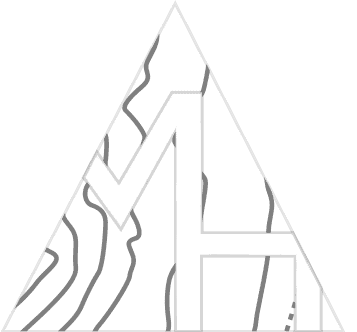“I think we should be about there,” someone said as we approached an indistinct corner of Prospect Park. We were a few hours into a navigation class and we were lost.
“Um, I don’t think this is right,” someone else mumbled. We glanced at the map of the park we had plotted our course on beforehand to try to make sense of where we were. Our instructor gave us a few minutes to figure out our error before setting us back on track. We held up our compasses and marched on by following the azimuth we had recorded on our maps when we had planned our route.
We’ve always carried a compass with us on backpacking trips and hikes but we’ve never been quite sure how to use it. So to make us feel more confident with the tool, we attended a four hour navigation class where we learned how to read topographic maps and orient ourselves with a compass. We got to put our newfound knowledge to use by planning a course around the park using our compasses to reach each predetermined destination.
Some of what we learned was obvious—on a map, generally green means land and blue means water. But we also learned that those squiggly lines (called contour lines) indicate elevation and the closer together they are, the steeper the terrain. Also that it’s best to get maps created by a regional entity like the New York New Jersey Trail Conference—they’re updated more frequently and will be more detailed and accurate than the maps created by national organizations.
The part of the lesson on compasses was packed with the most new information for us. We learned things like the difference between magnetic north and true north and how to account for declination.
Navigation is an essential skill for anyone leading or hiking alone but the classes are also a fun way to spend an afternoon at the park. Both REI and NYC Parks offer courses on a regular basis.
Trip tip: Point yourself in the right direction with a good compass
Compasses will be supplied at your class but if you decide you’d like your own, there’s definitely some reigning favorites among outdoor types. Suunto and Brunton are popular picks and both companies offer a wide selection so you’ll be able to find a tool with all the features you could ask for. We were taught to use a basic floating needle compass (there are also digital compasses—no, not your phone!) which leverages the Earth’s magnetic field to point a needle north.

